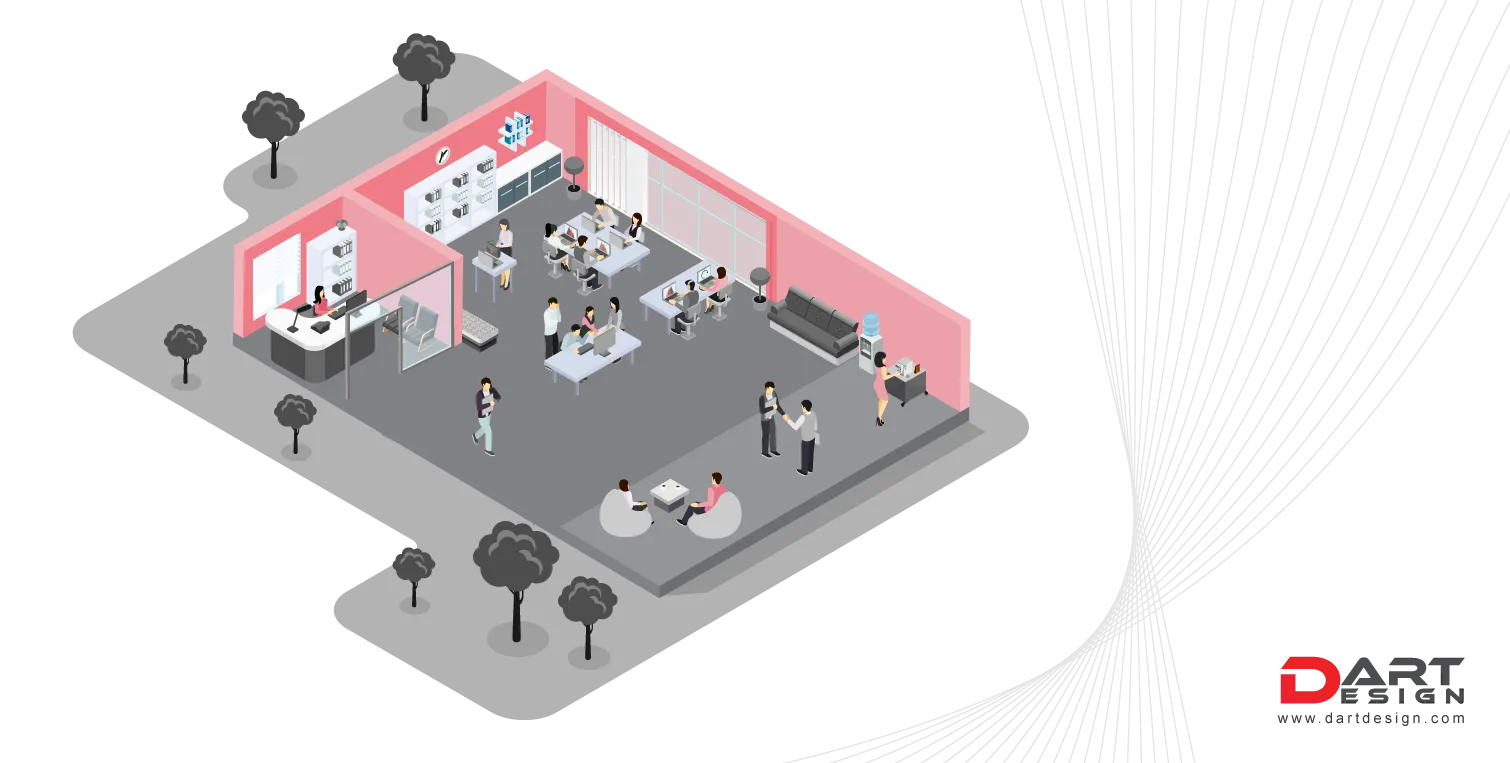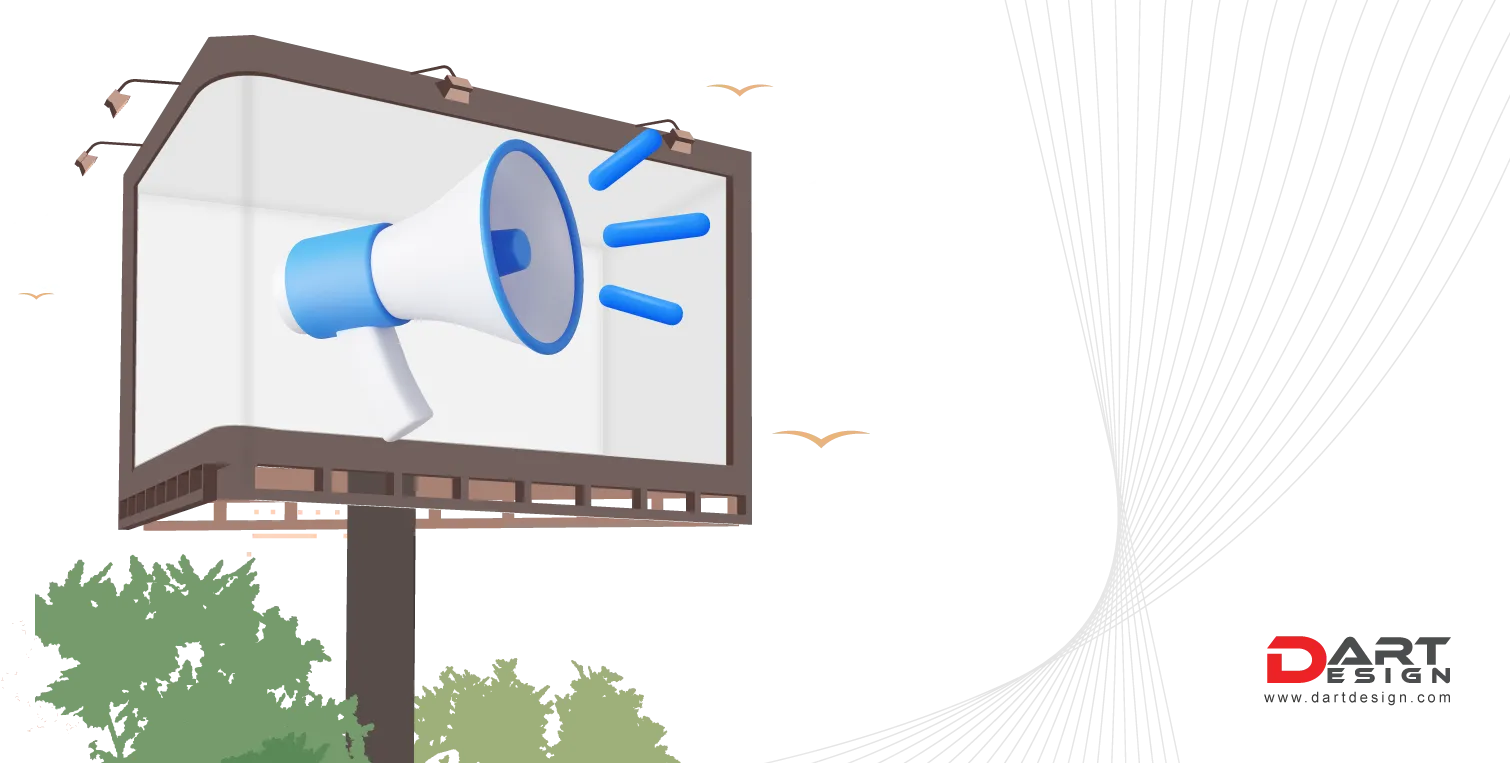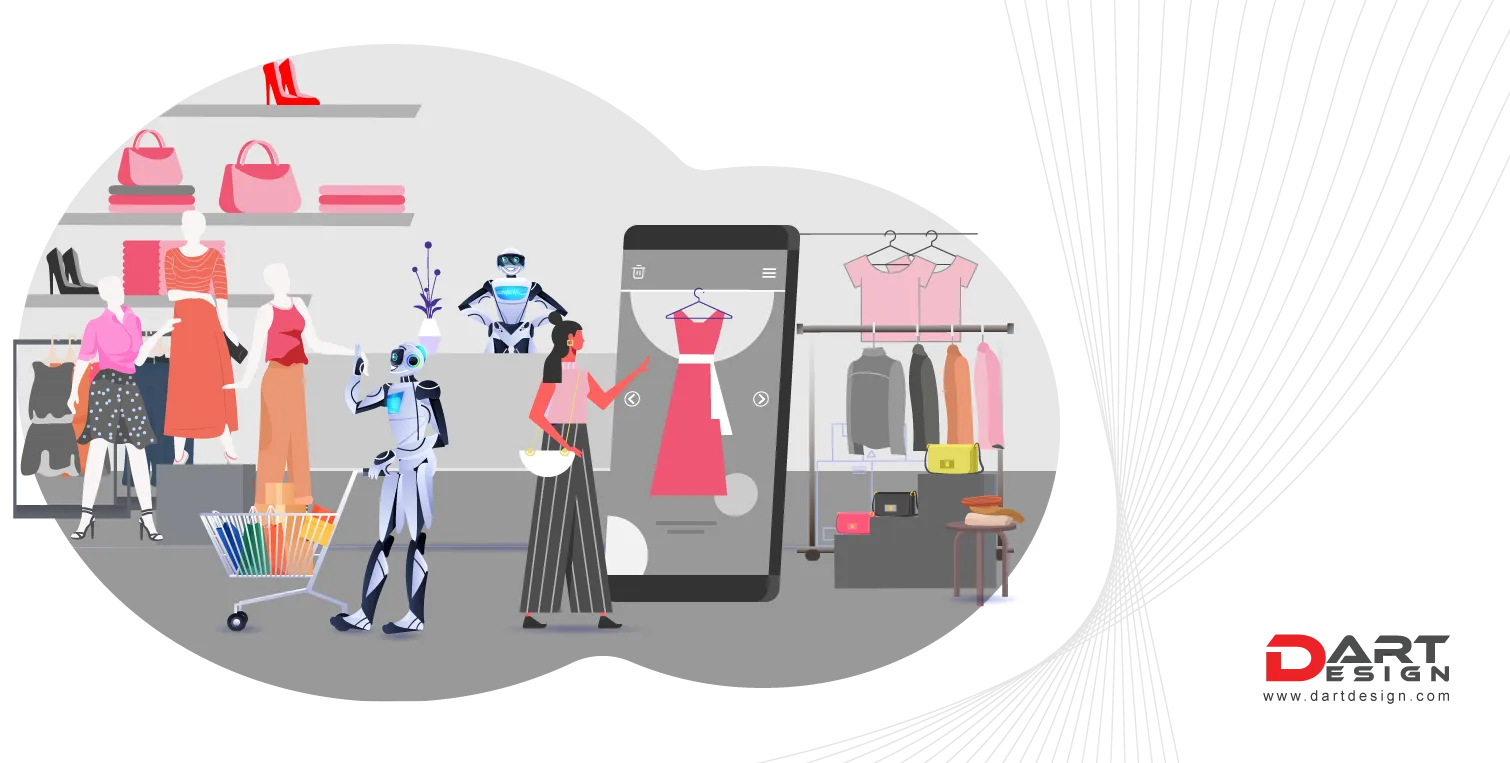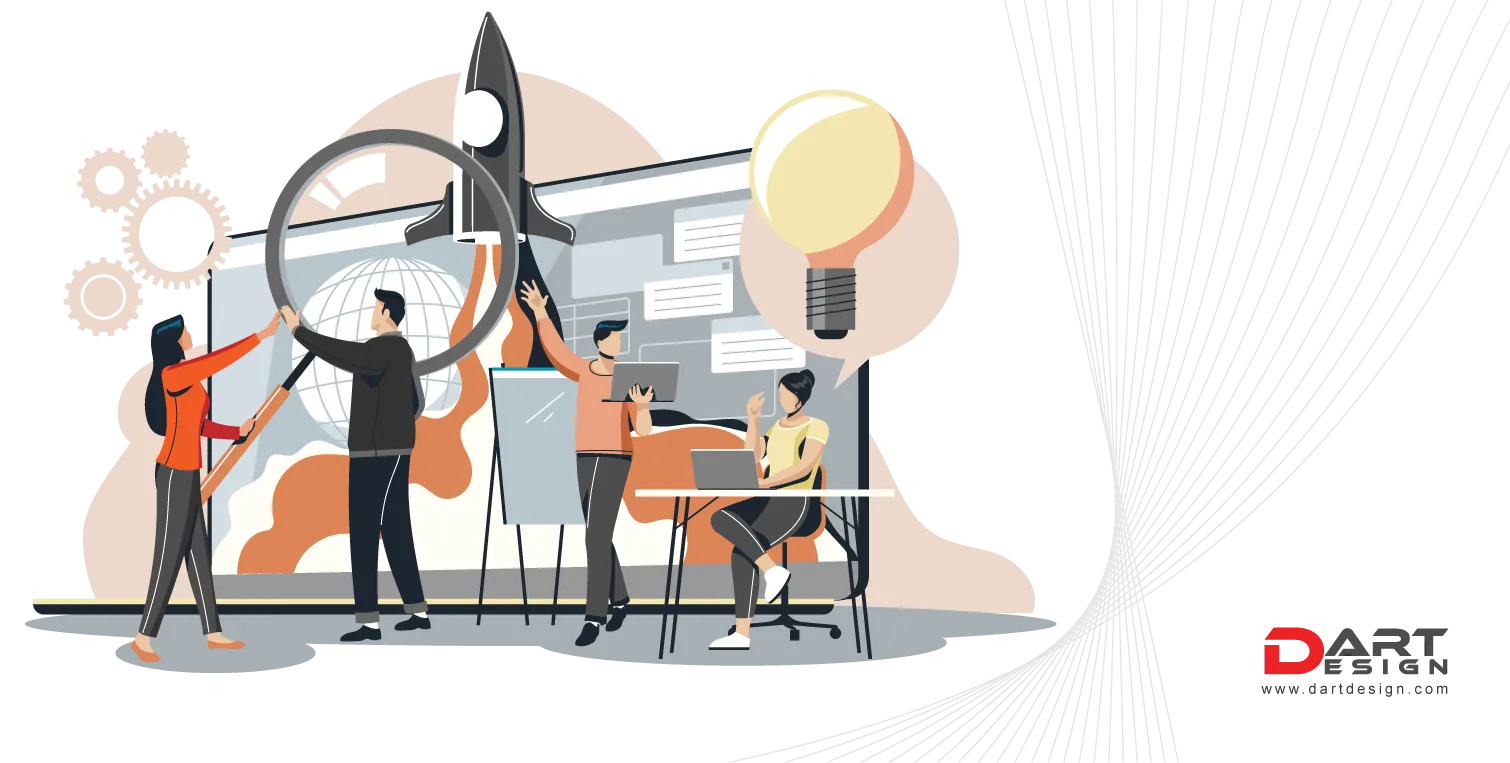Table of Content:
How does workplace design impact employee welfare?
- The flexibility to switch
- The space for every community moment
- The ability to build focus
- The ideal experience to be creative
Introduction
Every discussion, strategy session, and brainstorming moment encloses the significance of customer experience and how they need to function to improve it. Brands chase this madness. Instead, what they should pursue is the employee experience. Think about it: employees are soldiers working on the frontline to pull brands out of the unknown and make them recognizable. Is it not to give them a purpose and a reason to strive for it?
There has been an absolute transition in the workplace dynamics, presenting new-age employees with the 'element of choice' and cutting down on an organization's traditional functionality. Employees and consumers have analogous needs. Both inherently seek community, belongingness, and Liberty. So, it's safer to conclude that a point of interaction with employees who care to empower them is a successful mechanism designed to engage the consumers.
The concept of time, work, comfort & space is all upended courtesy of the biggest catastrophe in history. The recent disruption in how the workplace should exist is an impending change, emphasizing its ability to create motivation in employees not only for the sake of better productivity but to bring out their best versions. It's more of a 'Give & Take' policy, wherein if employees log in with better outcomes for the organization, the work promises to amplify their talent.
Beyond the superficial motivators like title, promotion, monetary gain, and value, an employee should acquire 'Job Satisfaction,' which encompasses factors other than security. It's the rush, passion, intent, and curiosity of fulfilling a task and satisfaction from the achieved result. Design can help an organization see this through.
How does workplace design impact employee welfare?
Maslow's Hierarchy of Needs describes an individual's journey from need to desire. The workplace of tomorrow must abide by this through the environment drawn with the assistance of an interior design firm. The concept of time and space imposed upon employees during the pandemic has fractured their ability to sit through the conventional work environment. From Quiet Quitting to Great Resignation, the workforce felt a jolt of Nihilism. Hence, they crave a work environment that offers fluidity between work-life.
Employee performance is the key denominator for a business to thrive, and this performance, as Campbell mentions, is a behavior that doesn't have to be actions but mental productions. A workplace consists of active collaboration, solving challenges, and thriving together. Thus, it has to become the intrinsic motivator of an employee, giving them not just the feeling of higher quality of work but satisfaction that prompts a longer commitment to better performance.
Here is how workplace design needs to change to become employee's biggest motivating factor:
The flexibility to switch

At the beginning of this piece, we spoke about the concept of time is now upended. It is more fluid because we spent too much time working remotely during the pandemic, deeply impacting our adaptability. More people at work now want to switch between where & how they work. They want the choice they have experienced for nearly three years (for some, it continues).
While performing their roles on-site, they do not want boundaries to informal solutions. Perhaps, a reason for organizations to think about adapting their space and work structure which support working from anywhere. They need to bring in a space design agency that advocates and knows its way around breaking anything fixed, such as chairs and buildings make them in the image of flexibility because it is the need of the moment.
The space for every community moment

The biggest factor behind job satisfaction for an employee is the feeling of belongingness and community. Most people say they visit the workplace to socialize, communicate & interact with their team and co-workers. And they look for spaces meant to fulfill this aspect because there is more to work than continue looking at the screen for fixed hours.
Organizations must create spaces to adapt and accommodate employees per their socializing needs. They need to expand on the need for community and help them feel comfortable and valuable, automatically enhancing their performance.
The ability to build focus

Organizations must offer employees spaces that respect their ability to concentrate and focus on their work to maintain balance. If socializing can have separate spaces, focus areas should complement it. The structures and layout of such space must be mindful of employees' personal space, with the availability of amenities and a perfect environment to work. In trending designs, portable and foldable designs are an active part.
The ideal experience to be creative

The idea of work has to change to bring people the purpose and feel-good factor about what they accomplish at the workplace. It has to amplify their creative juices and give them an experience that inspires them to do an excellent job. To provide them with the professional growth they seek, amenities must be accessible through the spaces.
Final Word
The workplace is no more like before. It's a sanctuary for people to find their passion and use it to motivate getting a job done, not for monetary satisfaction but for factors that support their growth, knowledge, curiosity, and value. These design changes would drive the future of the workplace, which is moving towards a hybrid structure. But organizations need to be mindful of sustainable options to contribute to a positive influence on society.





